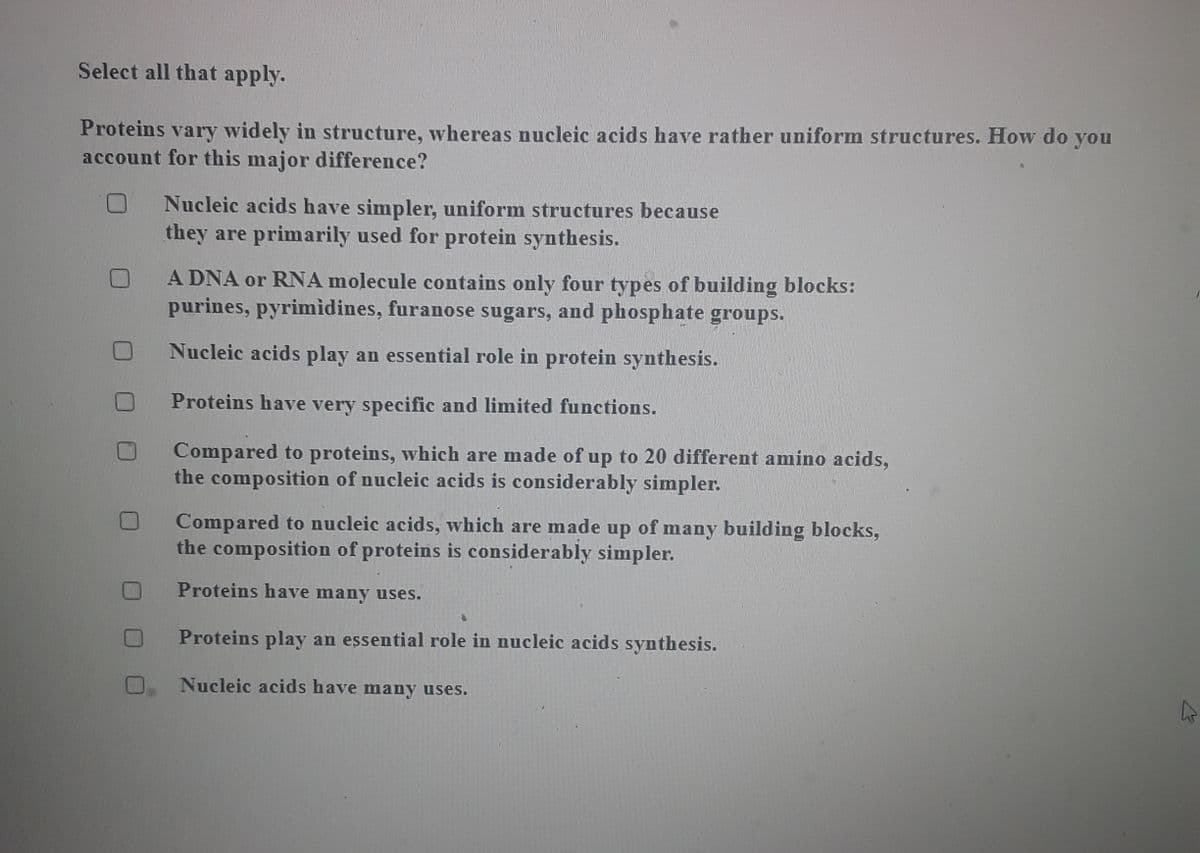Proteins vary widely in structure, whereas nucleic acids have rather uniform structures. How do you account for this major difference? Nucleic acids have simpler, uniform structures because they are primarily used for protein synthesis. A DNA or RNA molecule contains only four types of building blocks: purines, pyrimidines, furanose sugars, and phosphate groups. Nucleic acids play an essential role in protein synthesis. Proteins have very specific and limited functions. Compared to proteins, which are made of up to 20 different amino acids, the composition of nucleic acids is considerably simpler. Compared to nucleic acids, which are made up of many building blocks, the composition of proteins is considerably simpler.
Coding Strand of DNA
When pointing to DNA transcription, the coding strand is found to be the DNA strand whose base sequence is indistinguishable from the base sequence of the RNA transcript developed. It is this strand that comprises the codons, while the non-coding strand comprises the anti-codons.
Nucleotide
Both DNA and RNA are composed of organic molecules known as nucleotides. Hence, nucleotides are known as the basic building blocks of nucleic acids. These substances play a role in various processes such as cell signalling, enzyme reactions, metabolism, and so on.
Structure of Cytosine
Cytosine is among the five primary nitrogenous bases of which DNA and RNA and are being used in storage and transportation of genetic makeup within a cell. Adenine, guanine, thymine as well as uracil are the remaining four nucleobases.

Trending now
This is a popular solution!
Step by step
Solved in 2 steps









